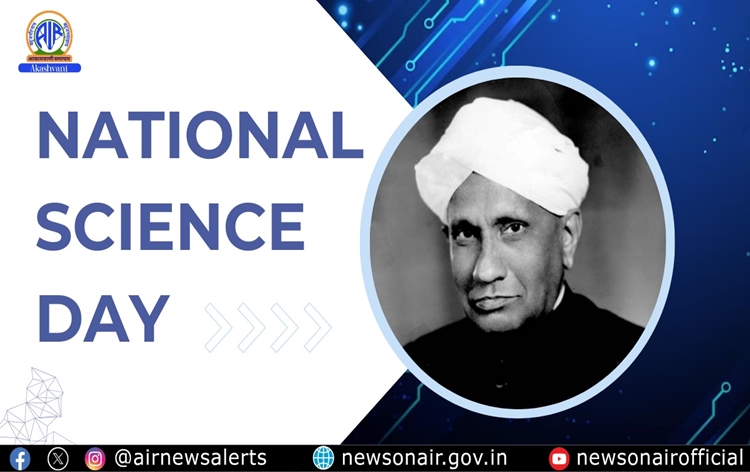-
 Create your Website
Create your Website
Create your Website
Get your amazing Dynamic Business Website in minutes & a Free Mobile App to update it!
More Details -
 Promote your Business
Promote your Business
Promote your Business
Integrated business profile & directory listing on your own city portal, state portal + IndiaOnline.in
Add your Listing -
 Partnership Opportunities
Partnership Opportunities
Partnership Opportunities
India Online Network offering you a great partnership opportunity in Low Investment with Best ROI
Get Details -
 Post Classified Ads
Post Classified Ads
Post Classified Ads
Post a Classified Ad on your city portal and reach out to potential customers from your city.
Post your Ad -
 SMS Marketing
SMS Marketing
SMS Marketing
Promote your business to over 3 crore+ verified Mobile Numbers from your city and all across India
Enquire Now














